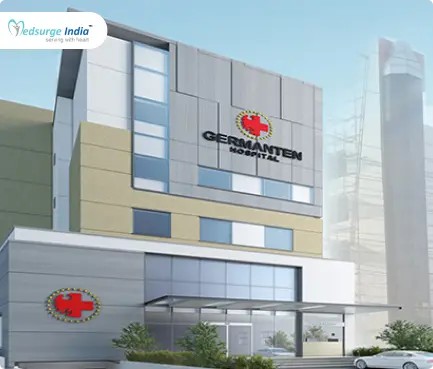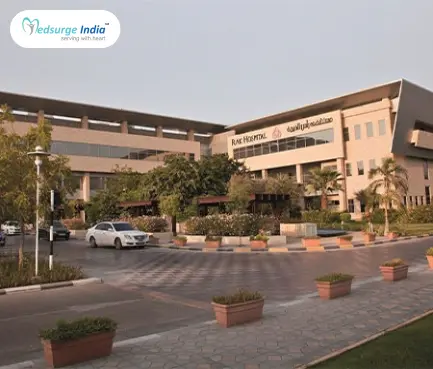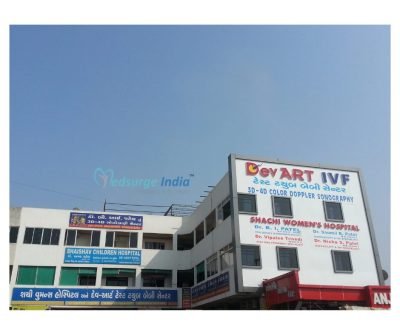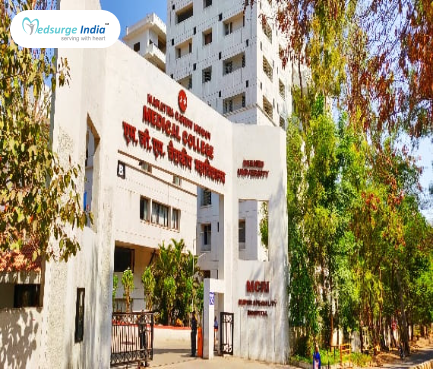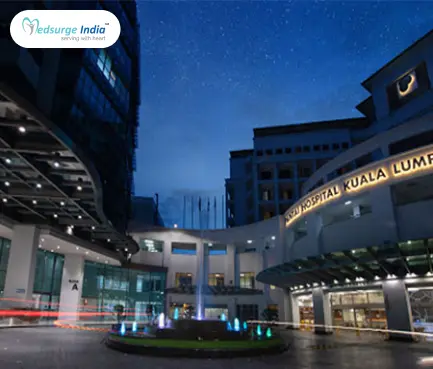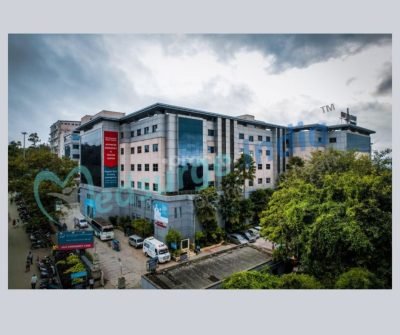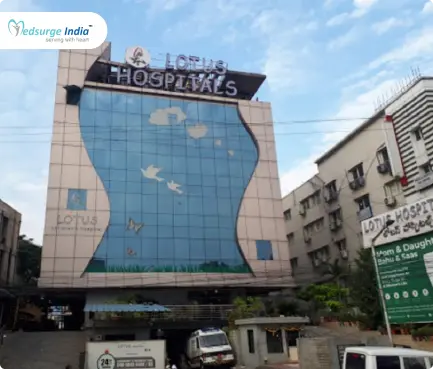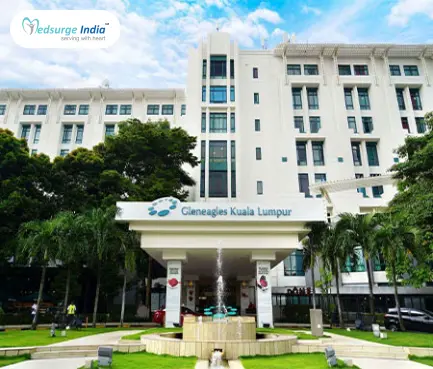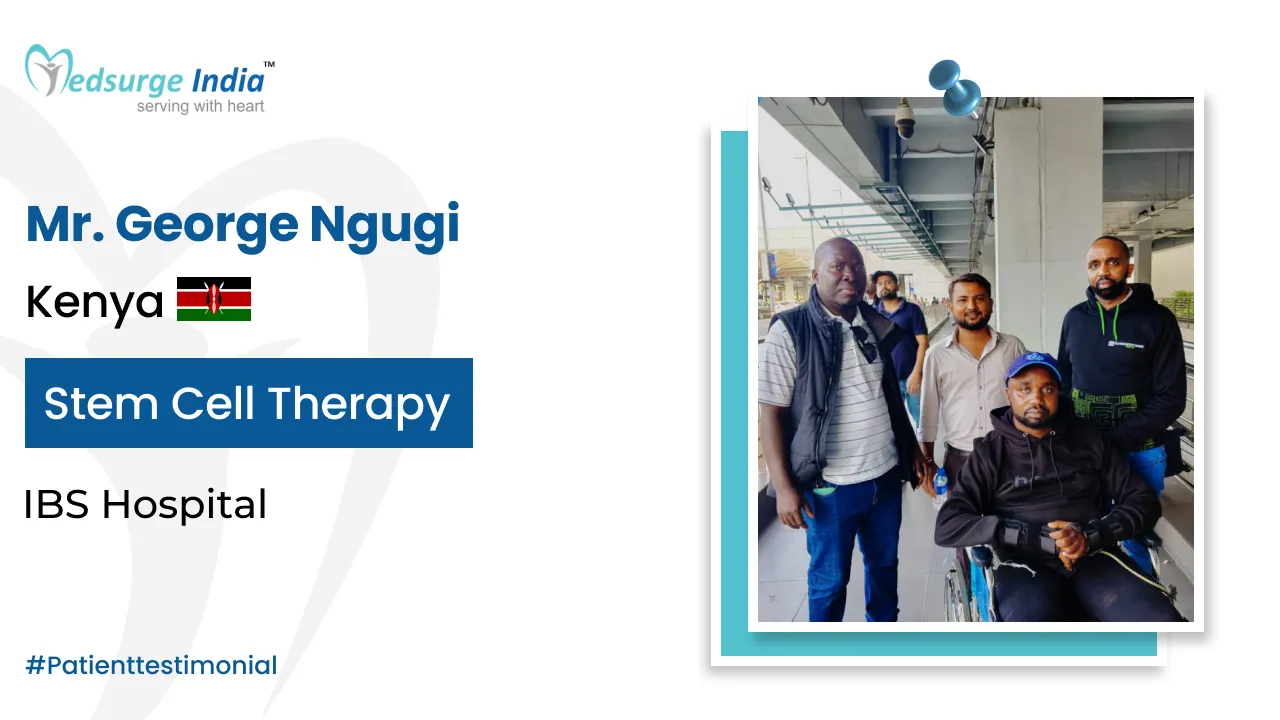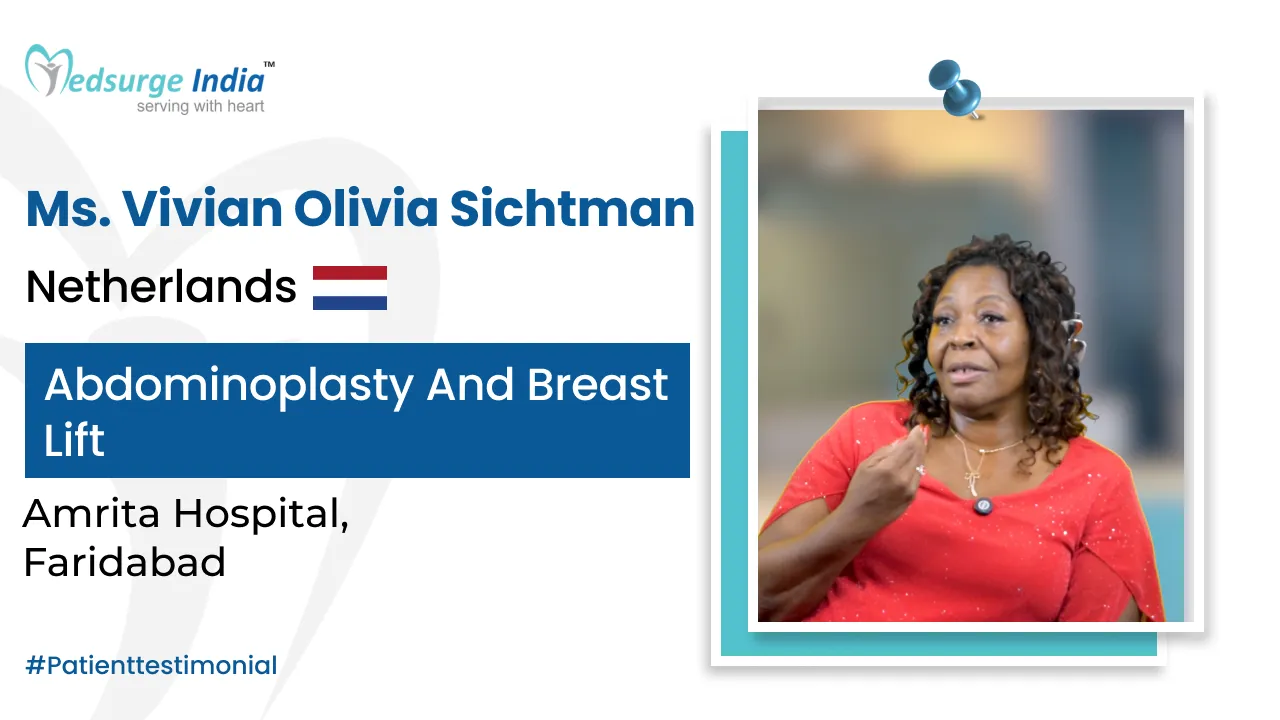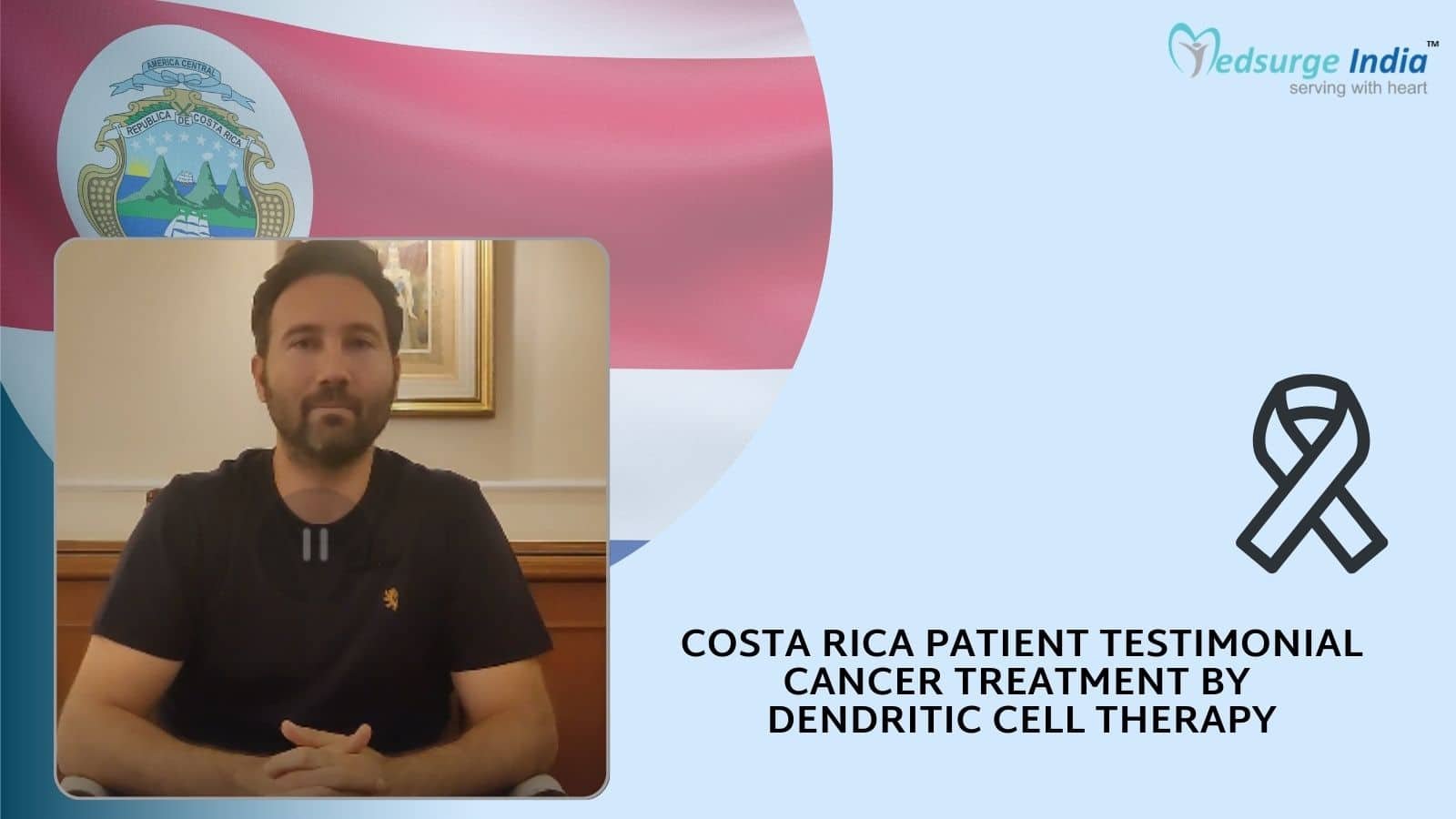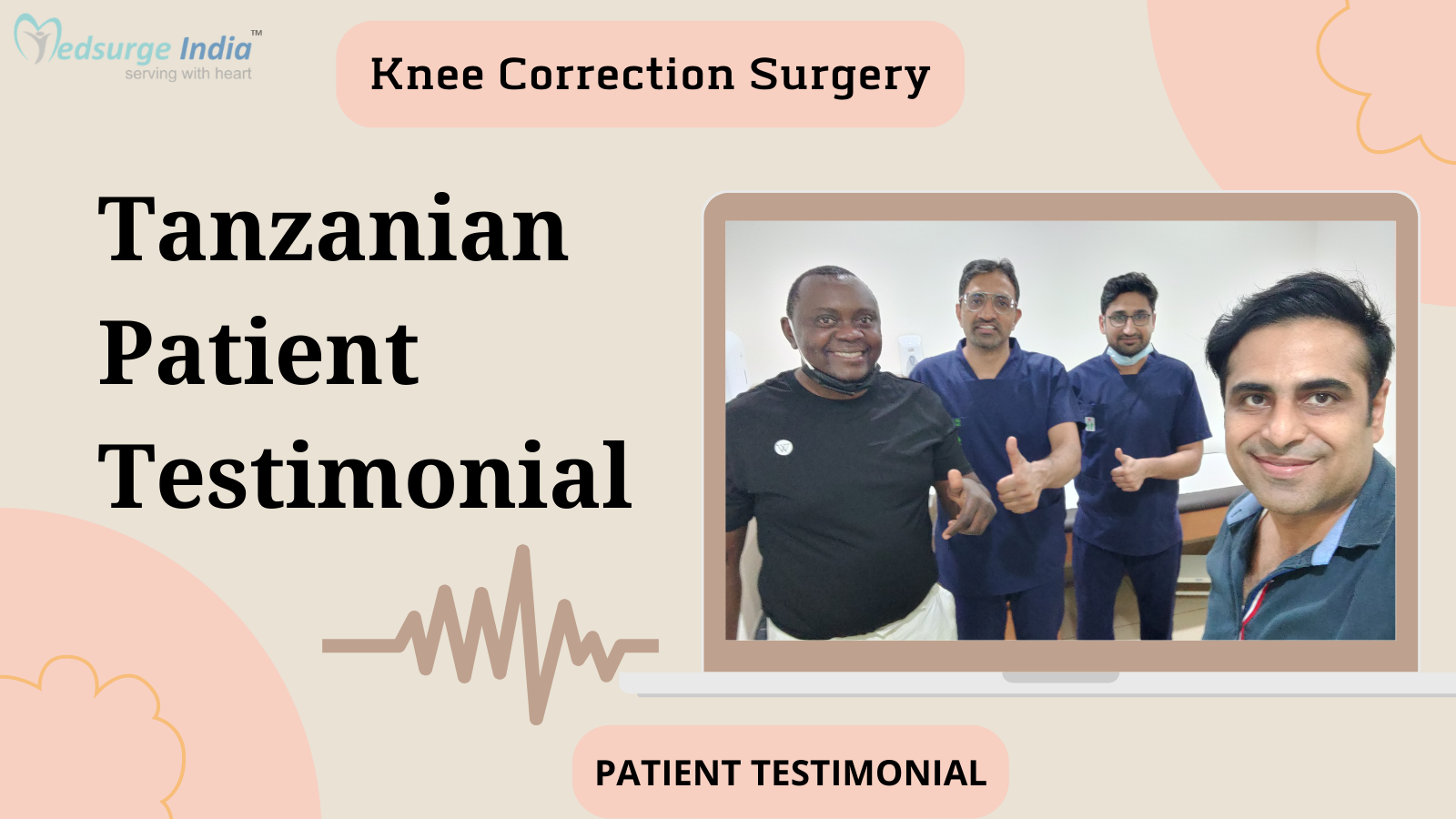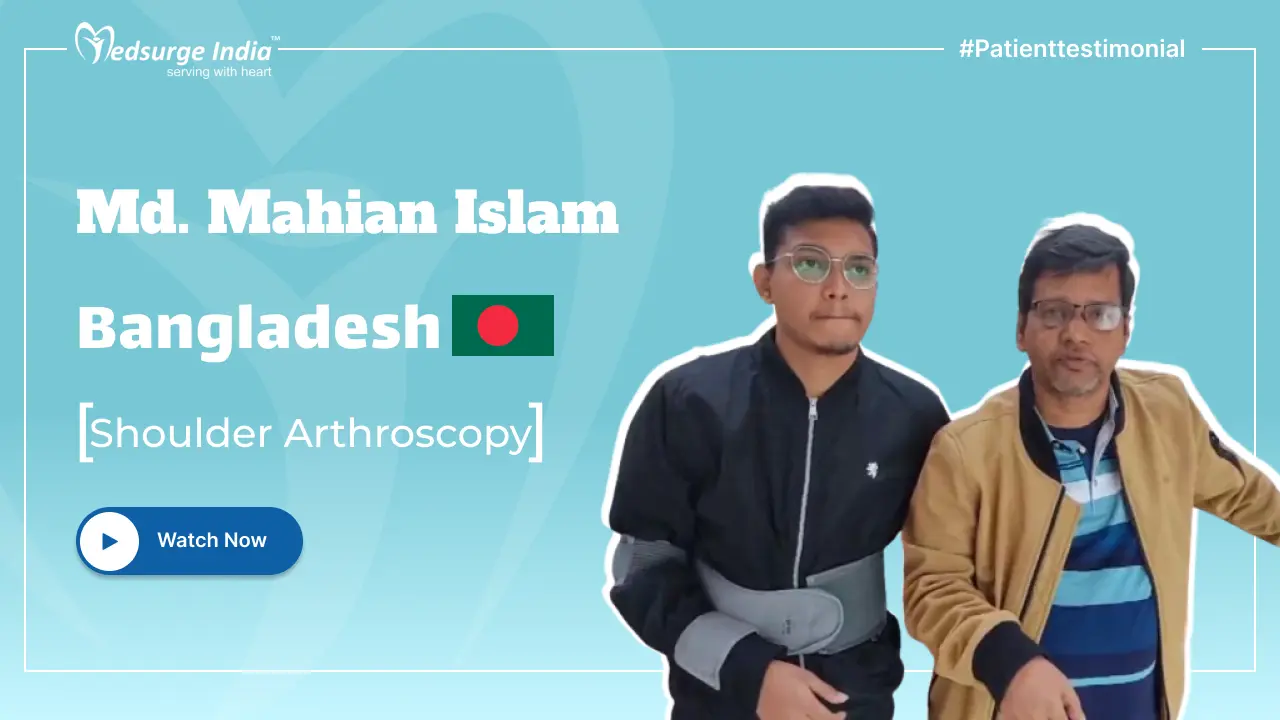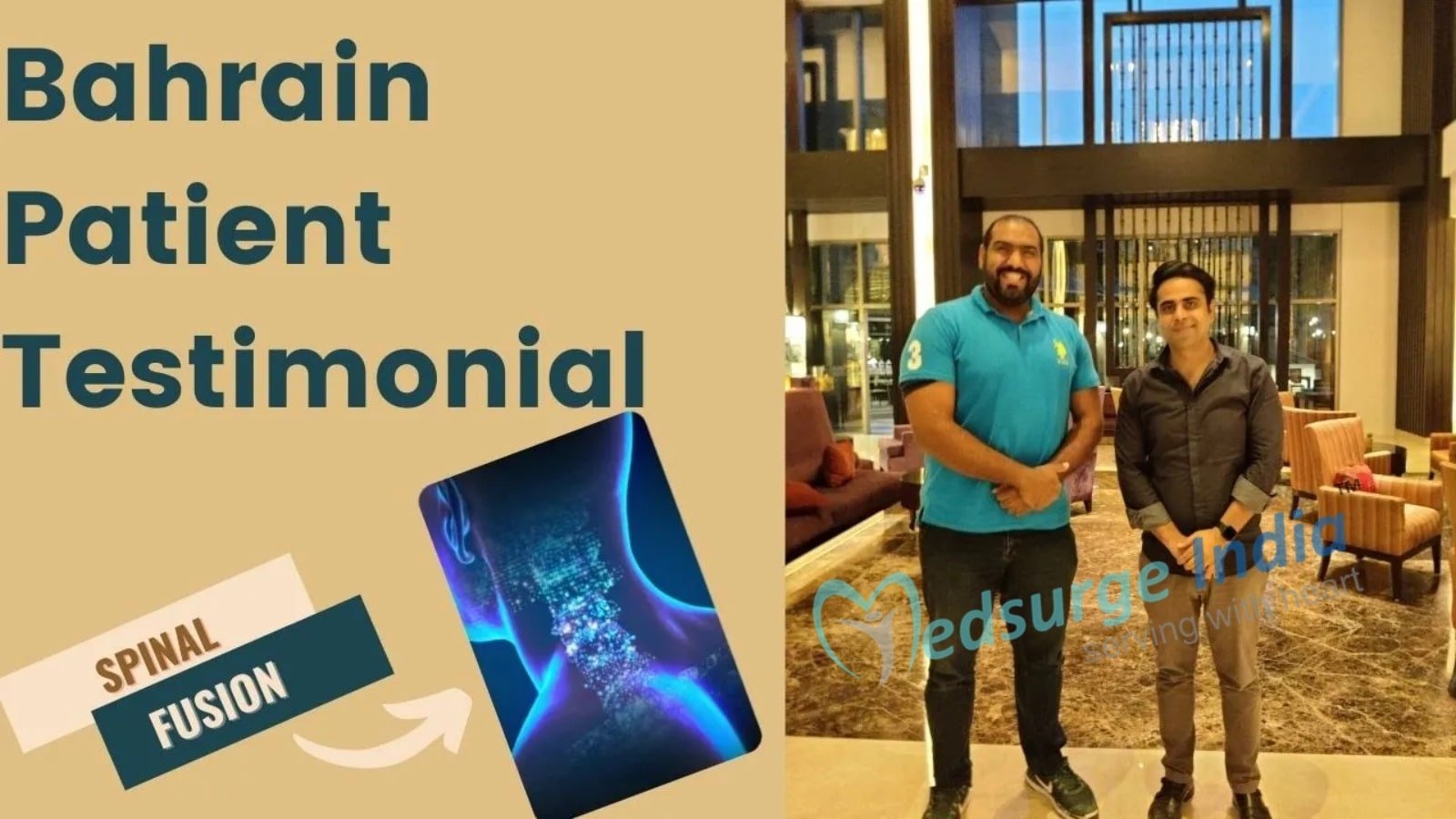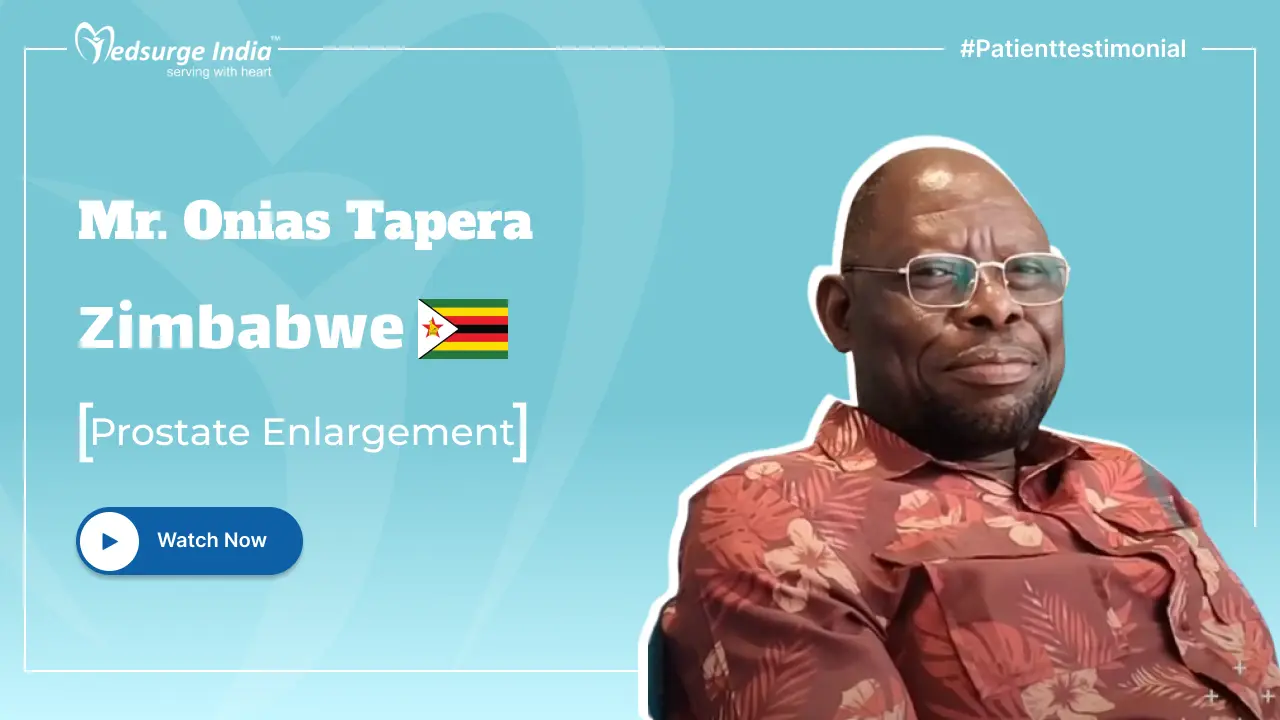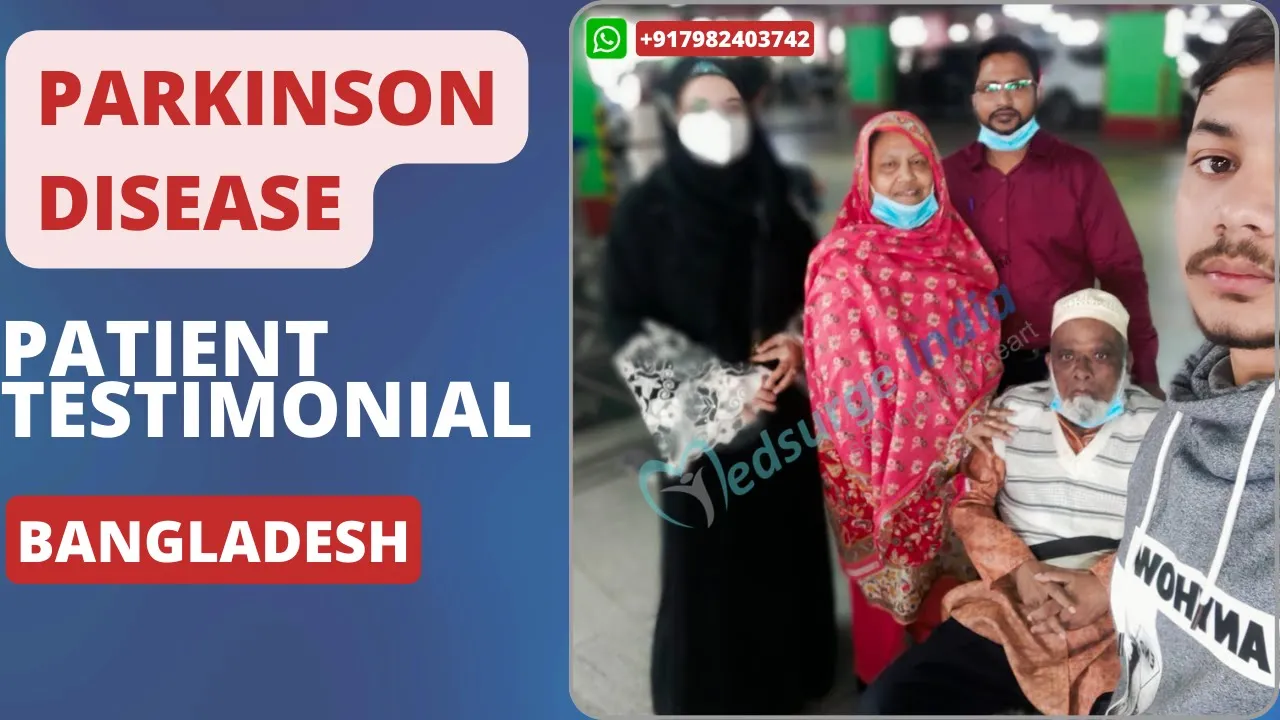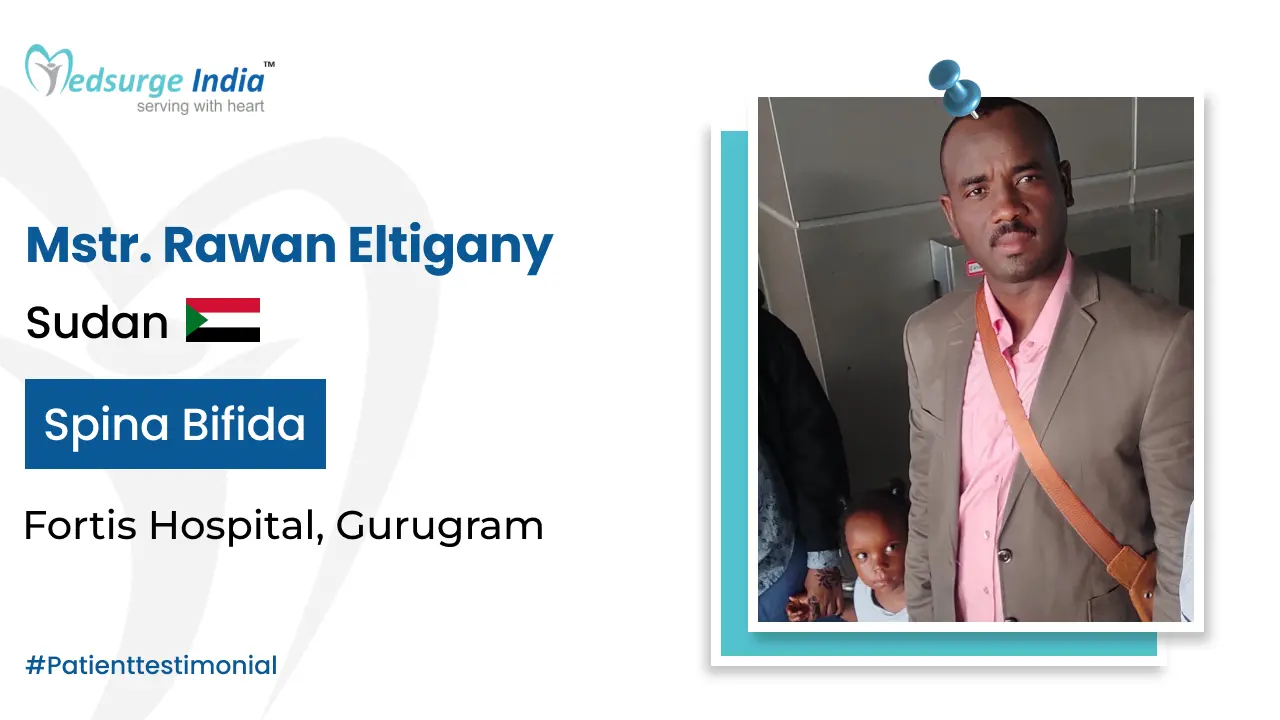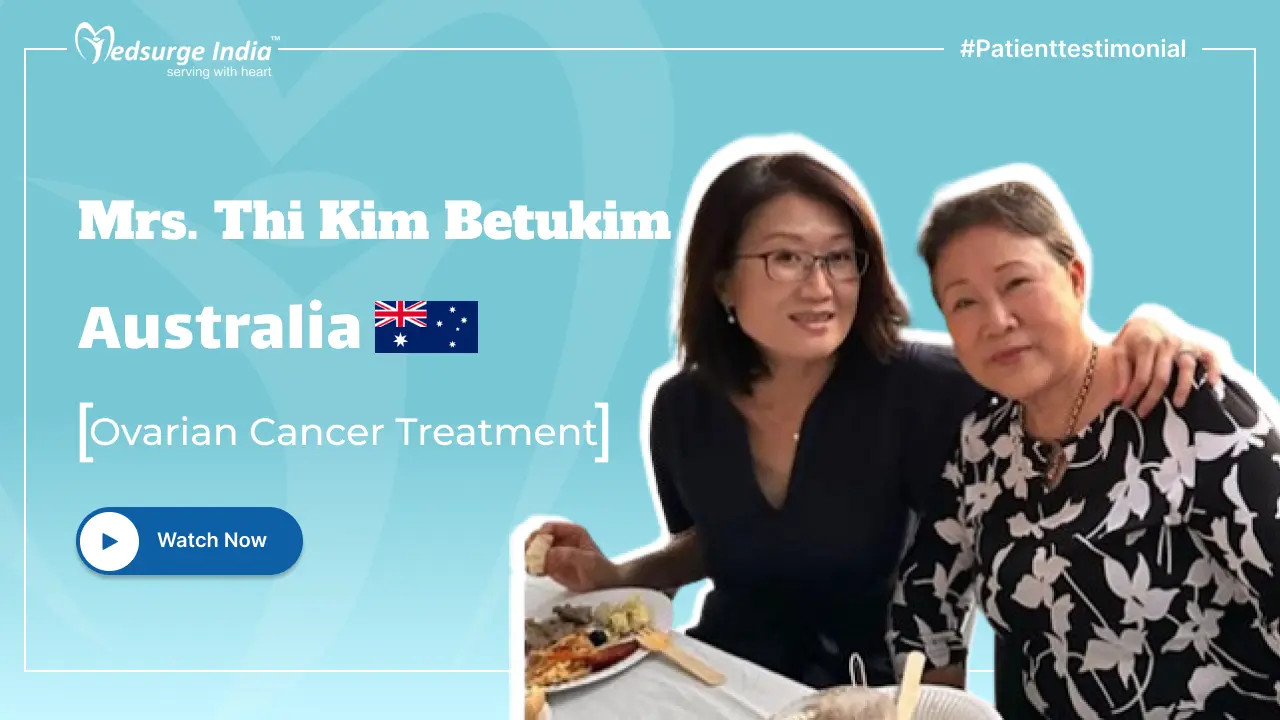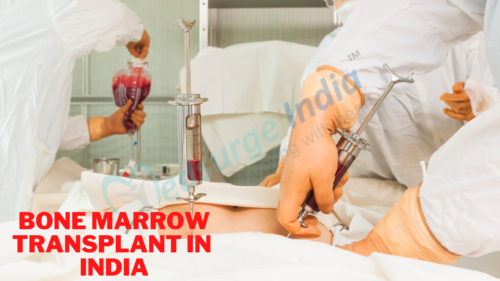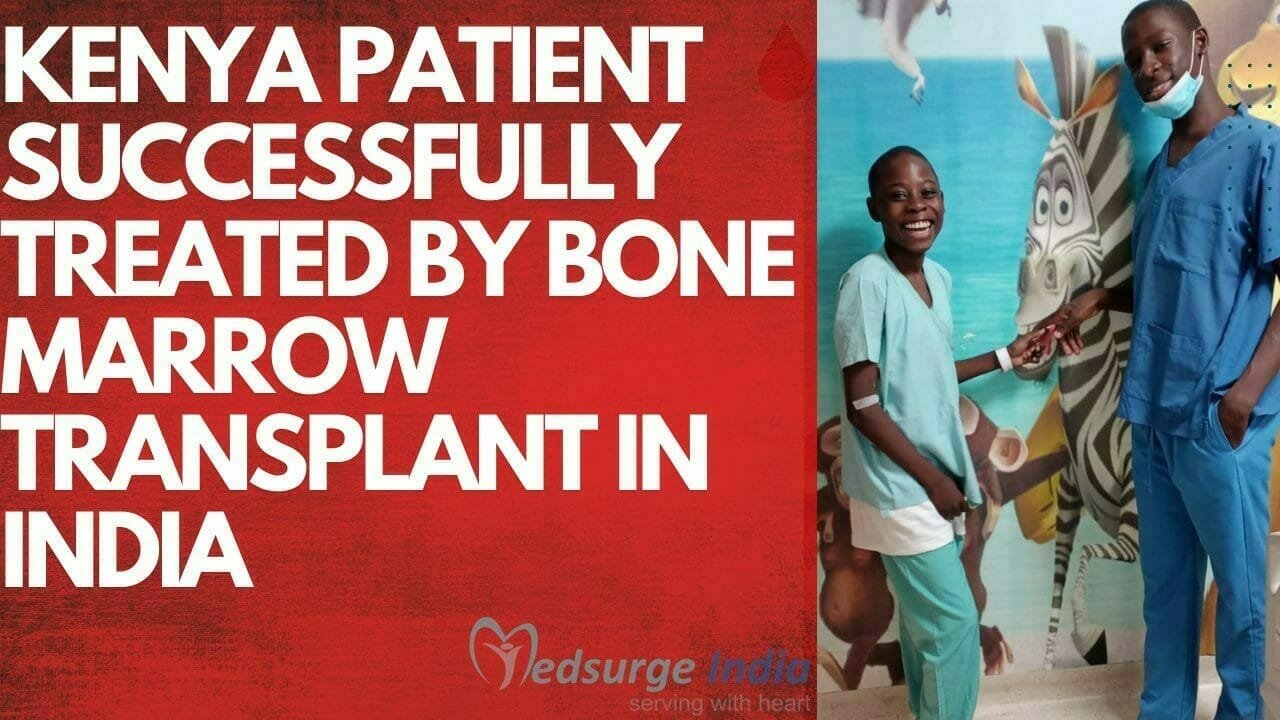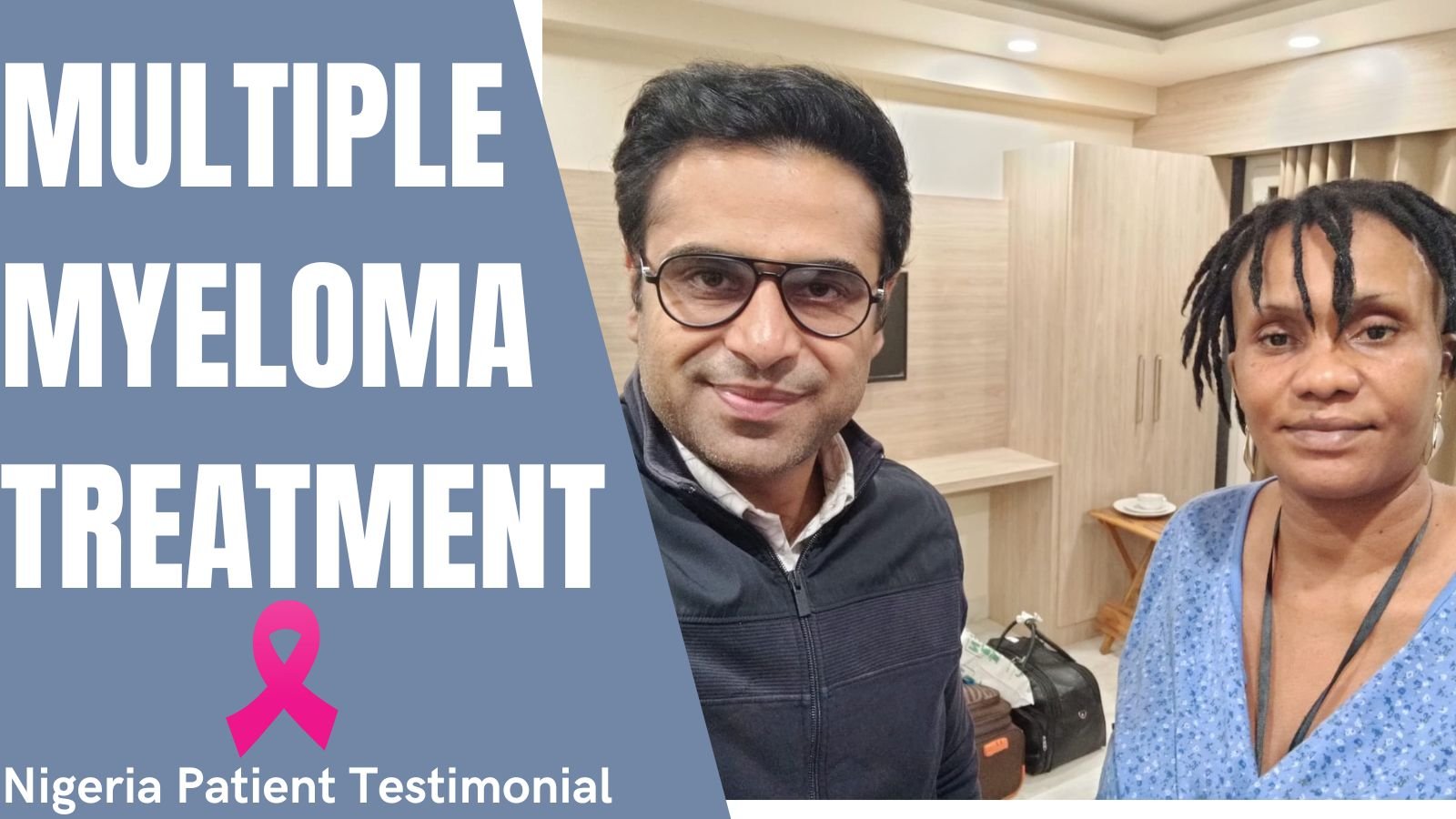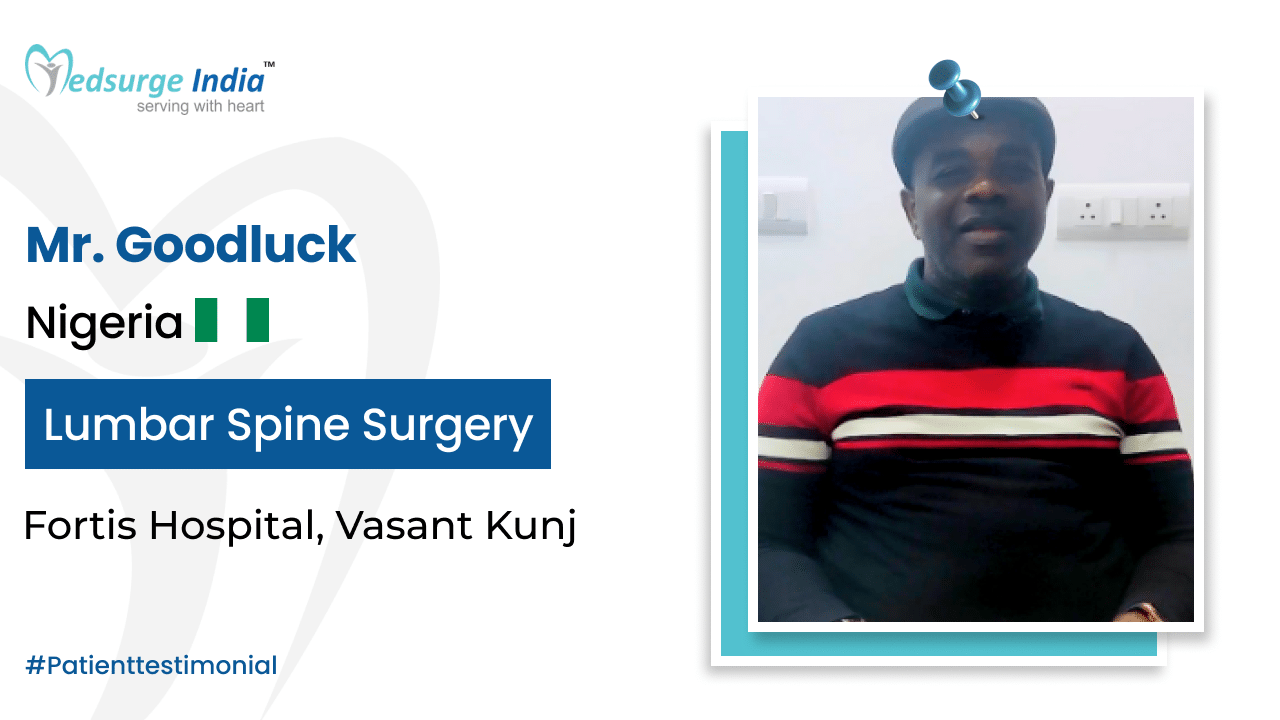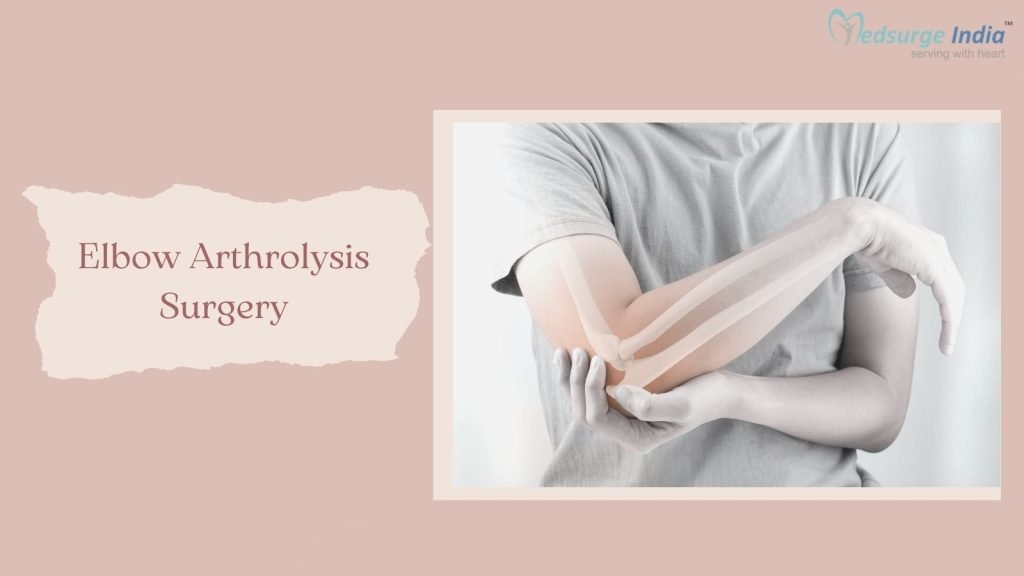
A surgery called Arthrolysis is used to treat stiff elbows. An “open” or traditional operation requiring an incision, typically over the point of the elbow, is necessary for severe stiffness or arthritis. This type of surgery can correct bony deformities due to arthritis or an injury. These procedures are carried out under general anesthesia and with a local anesthetic block. Arthrolysis, which can occur in the knee, elbow, shoulder, ankle, etc., is the loosening of adhesions and stiffness in an ankylosed joint. Its procedures involve arthroscopic diagnosis and Arthrolysis surgery in India. Adhesion in tendons, ligaments, or joints makes it extremely difficult to move the joint. It becomes difficult to move the joint as it becomes stiff. This condition is the term “ankylosis”.
Arthrolysis surgery cost in India is less compared to other European countries. The patient must spend two days in the hospital and ten days outside of it. The patient’s diagnosis and the facilities they choose will influence the overall cost of the treatment.
What Is Arthrolysis Surgery?
Repair is required for a joint that has become immobile due to ankylosis. “Arthrosis” is the medical term for the process of healing an ankylosed joint. Arthrolysis surgery in India is the removal of adhesions from an ankylosed joint in order to regain mobility.
Sometimes, in order to execute arthrosis for post-traumatic joint stiffness, the appropriate ligament must be released, along with any capsular and bone constraints.
In order to protect the repaired collateral ligaments and simultaneously permit instant mobility of the stabilized concentric joint, arthroplasty is performed.
Infection and difficulties in healing the incision are risks of this kind of surgery. In the majority of situations, the initial movement is possible, and the use of the arm for routine activities like dressing, writing, and eating should be possible within a few days. Usually, within 3 to 4 weeks, driving is also feasible. Almost often, physiotherapy is required, and wearing an elbow brace during specific hours of the day may be necessary.
How Is Arthrolysis Performed?
The surgical procedures include the following:
Arthroscopy: Surgery known as arthroscopy is used to examine, identify, and treat problems within joints. Any joint can undergo an arthroscopy if your doctor recommends it. Frequently, the elbow, shoulder, ankle, hip, or waist are the targets.
Arthroplasty: Joint replacement surgery, or arthroplasty, is currently the only surgical option for the majority of patients. The most typical arthroplasty procedures include:
- Interposition Arthroplasty: This is a surgical procedure to treat elbow and other joint arthritis.
- Knee Arthroplasty: This is a surgical treatment to repair an arthritis-damaged knee’s surface. Additionally known as “knee replacement” or ” total knee replacement”.
- Hip Arthroplasty (Replacement): An artificial hip joint is used in this surgical technique to replace a worn-away or injured hip joint. It involves replacing the femur and the acetabulum.
Carpal Tunnel Release Surgery: This surgical treatment is performed to treat problems caused by carpal tunnel syndrome. The objective of carpal tunnel release surgery is to restore complete function to the wrist, hand, and affected arm. Due to strain on the wrist’s nerves, carpal tunnel syndrome causes pain and numbness in the forearm, wrist, and hand. A canal in the wrist and palm is known as the carpal channel.
Arthrolysis Surgery Cost In India
The average Arthrolysis Surgery Cost in India starts from 5000 USD, based on a number of variables, including the patient’s health and the joint being operated on. The patient is required to stay in the hospital for three days and visit the hospital for seven days for daily check-ups. The diagnosis and the facilities the patient chooses will determine the overall cost of the therapy.
Below are the average cost of Arthrolysis in different cities in India:
| Cities | Starting Prices |
| Delhi | USD 5000 |
| Noida | USD 5000 |
| Gurgaon | USD 5200 |
| Bangalore | USD 5600 |
| Chennai | USD 5100 |
| Kolkata | USD 5200 |
| Mumbai | USD 5500 |
| Hyderabad | USD 5200 |
Note: The price of the treatment will depend on serval factors.
Factors That Can Affect Arthrolysis Surgery Cost In India
In terms of quality and standard, the level of medical care and services is comparable to that of the best hospitals in the world. Even after accounting for travel, hotel, and food expenses. Here are some variables that can affect Arthrolysis Surgery cost in India:
- Medication costs.
- Duration of treatment.
- Geographical location.
- Hospitalization expenses.
- Government policies and subsidies.
- Medical tourism packages.
- Hospital reputation and infrastructure.
- The expertise and experience of medical professionals.
- The type and frequency of diagnostic procedures.
- The choice of treatment modality.
By being aware of these variables, patients and medical professionals can successfully negotiate and make choices that suit their requirements and preferences.
What Are the Symptoms?
The elbow flexes in reaction to pain and hemarthrosis after injury. Motion loss arises as the periarticular soft tissue and joint capsule shorten and are fibrotic. Arthroscopic arthrodesis may be necessary for patients whose injury does not respond to conservative treatment.
An arthrolysis surgery in India is primarily performed to treat any joint problems that result in aches and stiffness in any joint. The following aspects are also helped with arthroplasty:
- Ankylosed joint adhesions need to be released.
- To make a stiff joint more flexible.
- To release bone and capsular constraints.
- Tor collateral ligament repair.
- To support joints that are concentric joints
- To replace ligaments and joints
- To treat the arthritic pain.
What Are the Causes?
Flexion contractures, extension contractures, and combination contractures can all be reasons for causing post-traumatic knee stiffness. The presence of extensive intra-articular adhesions and/or the fibrotic transformation of peri-articular structures can both contribute to post-traumatic stiffness.
Read More – Orthopedic Treatment Cost in India
Get Free Cost Estimation
Procedure
Arthrolysis Surgery in India
The entire arthroplasty procedure takes two to four hours. Several tiny incisions are made at the side and rear of the elbow joint during arthrolysis. The major operation, arthroplasty, and the diagnostic surgery, arthroscopy, are combined to form arthrolysis. Therefore, the procedure entails the following:
- Arthroscopy: You will be given anesthesia before the procedure based on the joint and the potential joint condition. Most of the time, the surgical site is numbed. After that, incisions are made in the area and a tool for arthroscopy called an “arthroscope” with a camera lens and light is used. Your doctor will determine the type of surgery you require once the issue has been diagnosed.
- Arthroplasty: This is the surgical treatment used to fix those problems with damaged joints, such as the hip, knee, elbow, and wrist.
Know More – Knee Arthroscopy Surgery Cost
Before the Surgery
Follow all the advice given to you by your doctor, which may include abstaining from alcohol and tobacco to prevent complications during surgery.
You may need to stay in the hospital for at least a few days after most arthroplasty procedures, so prepare your hospital bag and arrange for someone to look after you while you recover. This person can be family, friends, or a caregiver.
During the Surgery
You will be given anesthesia in the operating room, mostly to numb the surgical area. You will get fluids and painkillers through an intravenous (IV) line while having your heart rate, blood pressure, respiration, and oxygen saturation constantly monitored.
Your surgeon will clean the region and make incisions as necessary, taking care to avoid damaging the veins, nerves, and blood vessels, depending on the condition of the affected joint and its needs. The surgical procedure will then be performed as necessary. If required, resurfacing using implants and prosthetics will be carried out. After that, the tissues, tendons, ligaments, etc. are stitched back together, the wound is cleaned, and a bandage is applied.
After the Surgery
You will be transferred to your recovery room where you can rest and continue to be observed for a few more days. The time might range from 3 to 8 hours, depending on the area and complication of the surgery.
The cost of the treatment plan depends upon the location of the hospital and on the experience of the surgeon.
What Are the Risks and Complications Associated with Arthrolysis?
The following complications may arise from the arthrolysis:
- Pulmonary swelling; movement of blood clots to the heart.
- Knee joint stiffness and arthrofibrosis
- rigidity of joints
- Infection / Scarring
- Damage to the nerves or blood vessels.
- Internal bleeding
Recovery After Arthrolysis
After surgery, it’s important to get your joints moving. Take advantage of a physical therapist following surgery. Depending on your body type and which joint was operated on, your rate of recovery will vary. However, it is estimated that recuperation will take three to six weeks.
The Most Important Frequently Asked Questions
Q: What Is the Process of Arthrolysis?
A: A surgical treatment called elbow arthrolysis is used to address disorders that result in the elbow joint being significantly stiff and having a limited range of motion. The relaxation of all soft tissues that restrict the elbow joint’s full range of motion is part of the elbow arthrolysis process.
Q: What Is Knee Arthrolysis?
A: When conservative measures fail and the knee joint is extremely stiff, open arthrolysis is advised. Numerous conditions must be satisfied for operative arthrolysis, and these are described in detail. Particularly interesting is the preoperative information about the patient’s treatment.
Q: After Arthroscopic Knee Surgery, Are You Able to Walk Immediately?
A: After surgery, physical therapy begins immediately. After surgery, the patient should be able to stand or walk while supporting weight on the knee while wearing a brace. After surgery, the patient will need to use crutches for 4-6 weeks to walk.
Q: What Causes Arthrolysis?
A: The treatment for a stiff elbow is arthrolysis. The root issue could be post-traumatic or degenerative. Unfortunately, the elbow is highly prone to stiffness; often, loss of extension is worse than the loss of flexion. A few weeks of simple elbow immobilization can result in long-term discomfort.
Top Hospitals for Arthrolysis Surgery In India
Top Doctors for Orthopedics
Dr. Lokesh A. Veerappa
Consultant
Experience: 14 years of experience
Manipal Hospital (Old Airport Road) Bangalore
Bangalore, India
Dr. Sanjoy Bagchi
Senior Consultant
Experience: 21 years of experience
AMRI Hospital, Kolkata (Dhakuria)
Kolkata, India
Dr. Ajay Rathod
Consultant
Experience: 19 years of experience
Apollo Spectra Hospital, Mumbai
Mumbai, India
Dr. Shreyash Gajjar
Consultant
Experience: 20 years of experience
Kokilaben Dhirubhai Ambani Hospital Mumbai
Mumbai, India
Dr. Aravindan Selvaraj
Chief
Experience: 31 years of experience
Kauvery Hospital, Alwarpet, Chennai
Chennai, India
Dr. Nitish Bhan
Consultant , MBBS, DNB, MCh, Fellowship
Experience: 13 years of experience
Continental Hospitals, Hyderabad
Hyderabad, India
Dr. Anil R Patil
Consultant
Experience: 10 years of experience
Sparsh Hospital (Yeshwanthpur) Bangalore
Bangalore, India
Dr. Sudhir Seth
Director – Orthopaedics, Joint Replacement, Spine & Sports Injury
Experience: 42+ Years of experience
MASSH Super Specialty Hospital
New Delhi, India
Dr. Sachin Kale
Consultant
Experience: 17 years of experience
Fortis Hiranandani Hospital, Vashi
Mumbai, India
Dr. M N Sehar
Senior Consultant
Experience: 28 years of experience
Indraprastha Apollo Hospital New Delhi
New Delhi, India
Dr. Vinay Kumaraswamy
Consultant
Experience: 12 years of experience
Fortis Lafemme, Richmond Town, Bangalore
Bangalore, India
Dr. Sunil Sehrawat
Consultant
Experience: 15 years of experience
IPSC Pain and Spine Hospital Delhi
New Delhi, India
Dr. Ashish Mittal
Associate Director
Experience: 24 years of experience
Max Super Speciality Hospital Dehradun
Dehradun, India
Dr. Arindam Banerjee
Senior Consultant
Experience: 38+ years of experience
Narayana Multispeciality Hospital, Andul Road, Howrah
Howrah, India


